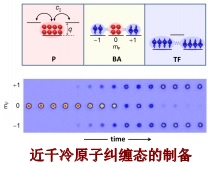
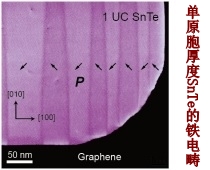
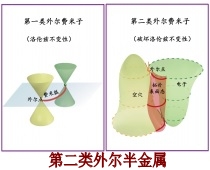

Black hole and artificial intelligence: the Insight-HXMT satellite
Tsinghua University "New World - New Horizon" twentieth astronomy public series lecture, "black hole and artificial intelligence: the Insight-HXMT satellite", was held in the evening of November 10, 2017 in the auditorium. The speaker was professor Tipei Li from Tsinghua University, academician of CAS. more than 500 interested students and professors attended the lecture.
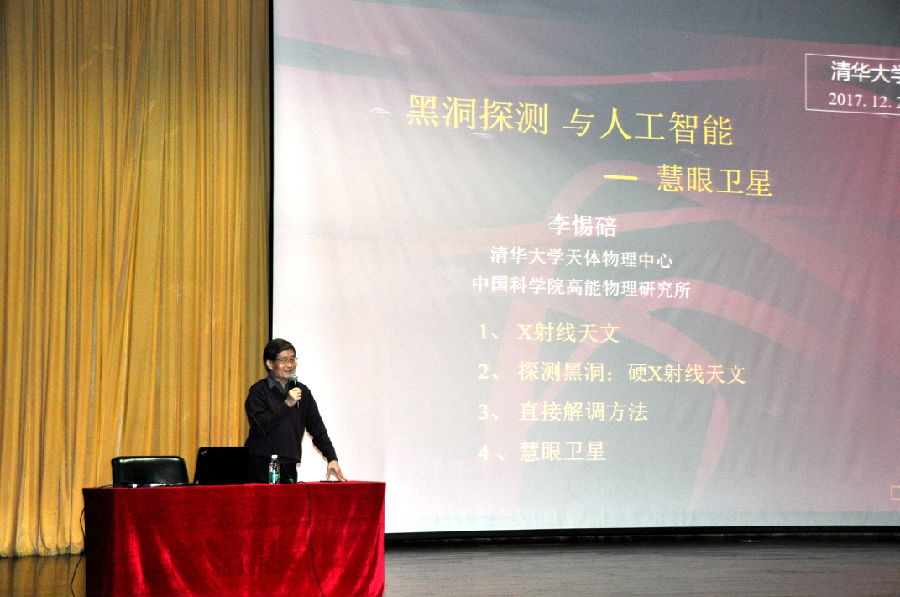 |
High-energy photons carry crucial information about most violent processes in the universe. However, because the atmosphere is opaque to X-ray, space experiment is needed. In 1962, the Italian astronomer Giacconi carried out X-ray observation from space for the first time. Soon in 1970 the first X-ray space telescope with localization ability, Uhuru, was launched. It provided us with the first x-ray sky map. Hard x-ray imaging turned out to be a greater challenge. The coded aperture mask method was developed later, which, however, demands extremely complicated and expensive hardware.
Prof. Tipei Li, together with other Chinese astronomers, put forward the idea of Hard X-ray Modulation Telescope (HXMT) with the ambition to accomplish the first hard X-ray sky survey in history. After 13 years of debate and tests, the project was approved in 2006, and the Insight-HXMT satellite was launched on June 15, 2017 in Jiuquan. It already collected large amount of data and played an important role in the multi-messenger observation of GW170817 gravitational wave burst event. HXMT’s data will be released to the public soon.
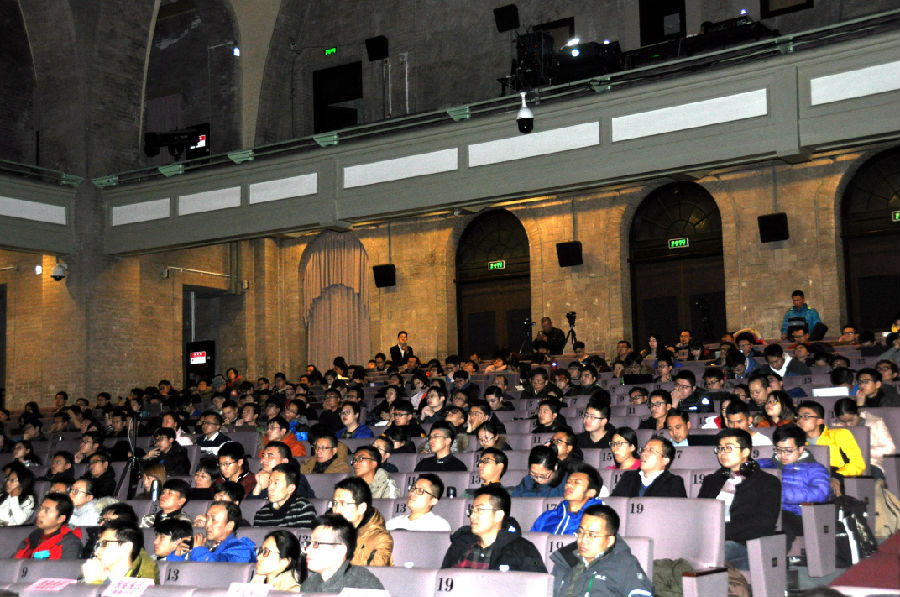 |
Looking back on all the hardship turning the idea of HXMT into reality, Prof. Li ended his lecture calling for self-confidence and tolerance when facing a new idea.
